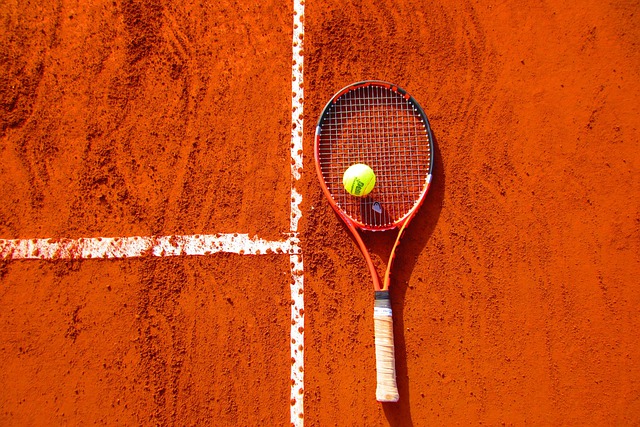String tension is a feature of a tennis racquet that many players neglect according to experts at Mytennisoutfitter. The tension with which a player threads their racquet, on the other hand, may substantially influence performance and act as an ideal fine-tuning tool for achieving your best tennis. Understanding string tension enables clever players to establish a tension that feels suitable for their game and may even aid with other concerns like arm ailments and match-day jitters. Everything will be explained in this article!
What is The Best String Tension of a Tennis Racket?
First, remember that your ideal level of tension is just a question of opinion. Even among professionals, string tensions may be all over the place: some strings can be as low as the mid-to-high 30-pound range, while others can be as high as 70 or more pounds, with the majority dispersed somewhere in the center. Therefore, trying out different levels of tension is essential until you discover one that suits you and your game the best.
When additional kilos are placed on a tennis string, the string’s elasticity decreases, and the tennis game becomes more difficult. The result is a diminished sense of “playing” the game and decreased overall power, and vice versa. A tennis racket that has been restrung with a lower tension produces greater force and sensation, but the player has less control.
This video goes a bit more into detail and is a great watch to learn about string tension.
What are The Best String Patterns?
The whole stringing process and the patterns, elements, compositions, and tensions used in it all come together to produce one ultimate outcome that may either hinder or improve your performance. You need to know that tennis strings can be divided into the following characteristics: force, stability, spin, durability, touch, and feel. Only then can you begin to analyze each of these individual aspects.
Guide About String Gauge
Thinner strings are better for playability, whereas thicker strings are better for durability. Tennis string gauges vary from 15 (thickest) to 19, with half-gauges denoted by an L (15L, 16L, etc.), which stands for “light.” A 15L is way more lighter than a 15 gauge one but heavier than a 16 one. Additionally, thin strings have much more higher spin potential since they can go deeper into the ball.
Spin and String Tension
Players often inquire about the string tension that produces the finest topspin. Unfortunately, up to this point, research has not been able to establish either positively or negatively whether greater or lower tensions promote topspin. As a consequence, if the spin is a top concern, we strongly suggest that players concentrate their efforts on improving their technique and racquet head speed, as these factors have the biggest impact while also considering the kind of string that they are using.



























Follow Us!